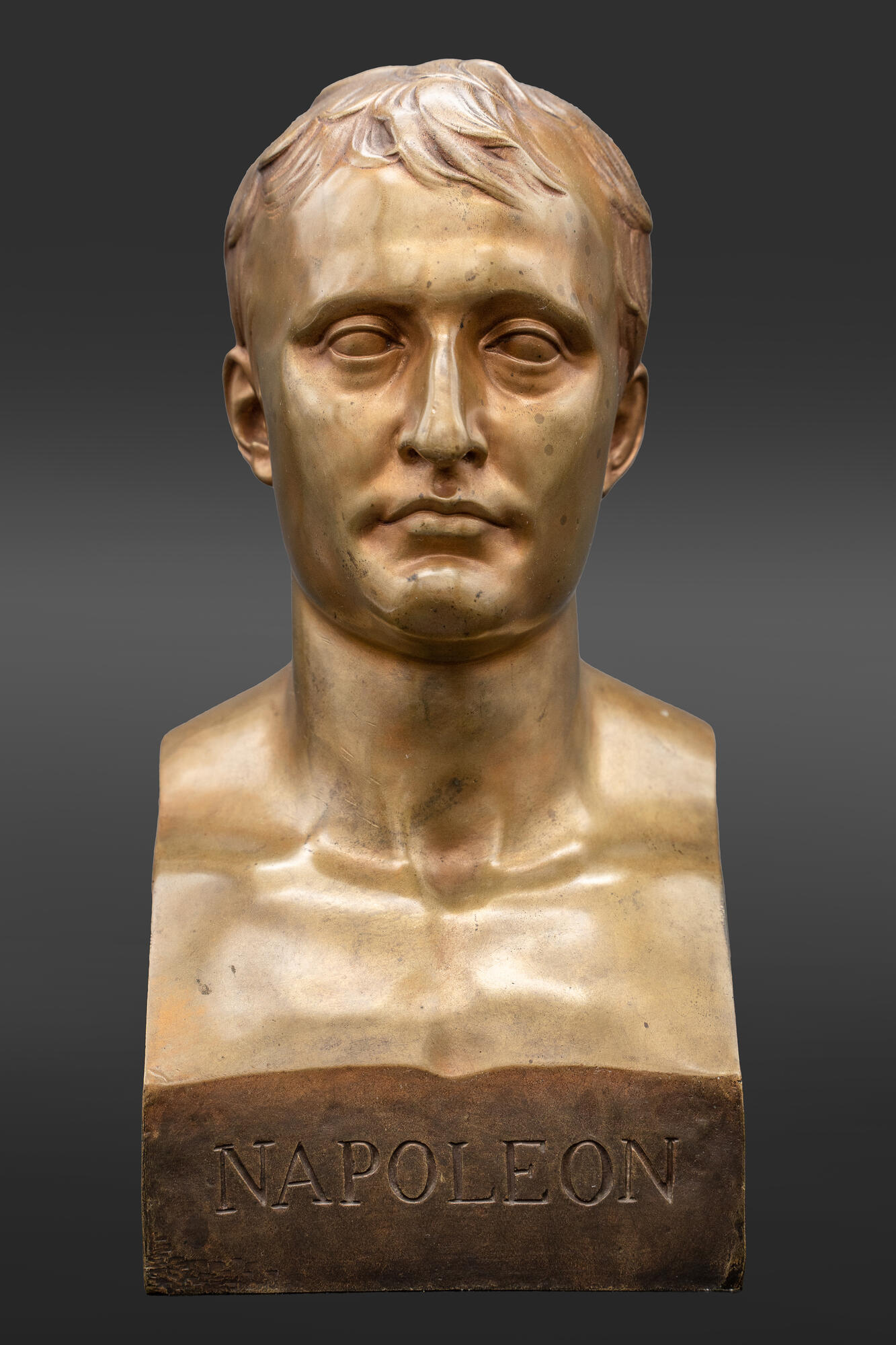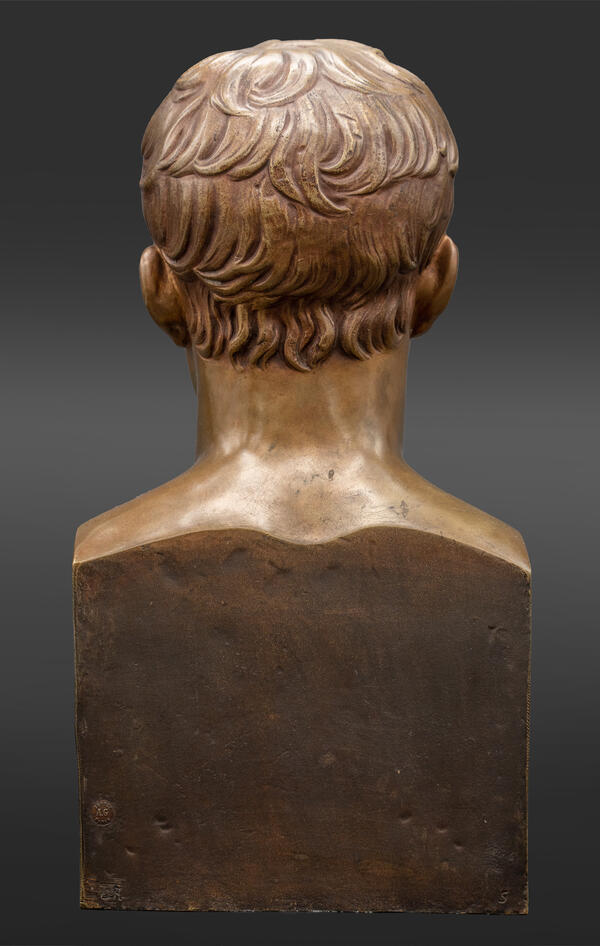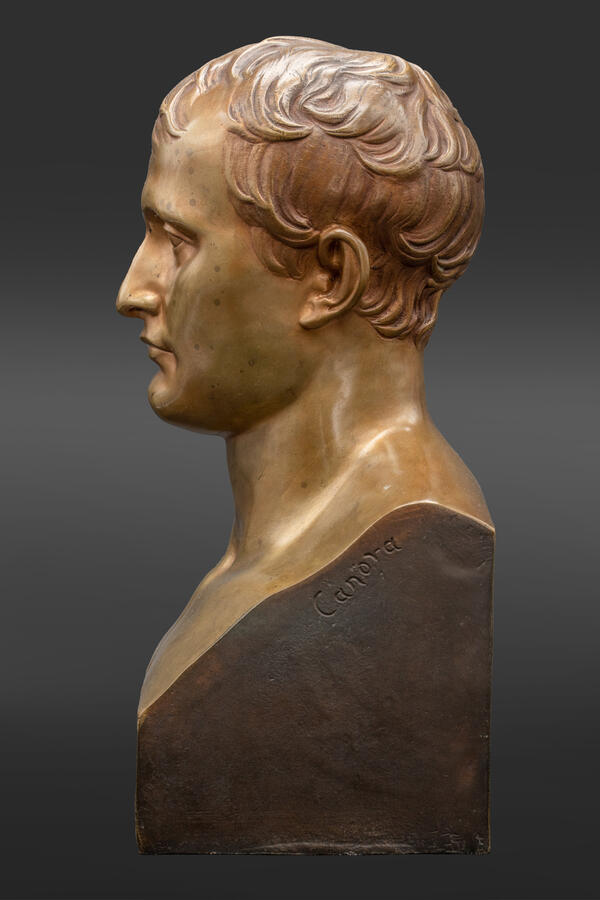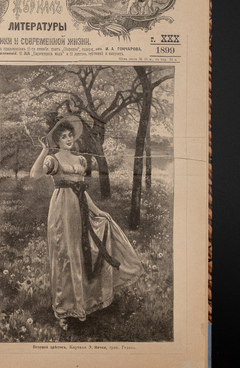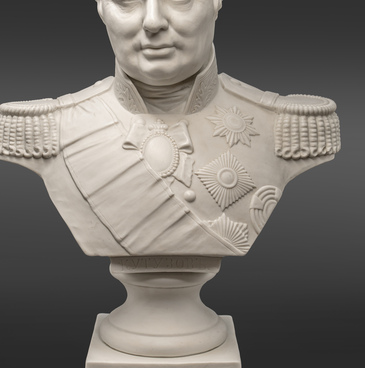Napoleon Bonaparte was a commander and French government figure of the late 18th — early 19th century. In his novel “War and Peace”, Leo Tolstoy was strongly opposed to the idolization of Napoleon. The writer saw Bonaparte as an aggressor who invaded Russia, burned down its towns and villages, killed people and destroyed great cultural values.
In the first parts of the novel, Tolstoy speaks with malicious irony about the admiration for Napoleon that arose in the highest secular circles of Russia after the Treaties of Tilsit. The writer characterizes these years as “a time when the map of Europe was redrawn with different colors every two weeks” and Napoleon “was convinced that no intelligence, persistence or consistency is needed to succeed.”
Leo Tolstoy showed that there was no meaning to Napoleon’s actions, except the need for satisfying his whims and ambitions, but “he believed in himself, and the whole world believed in him.” Each of the novel’s characters has their own attitude toward the French emperor: Pierre Bezukhov saw “the greatness of the soul” in Napoleon, Anna Scherer — a villain and the embodiment of the French Revolution. Prince Andrey understood the cruelty and despotism of Napoleon, and his father, old Bolkonsky, complained that there was no Suvorov around to show Bonaparte what it truly means to fight.
Leo Tolstoy was not very objective towards Bonaparte: